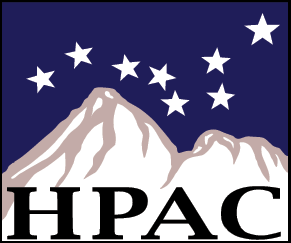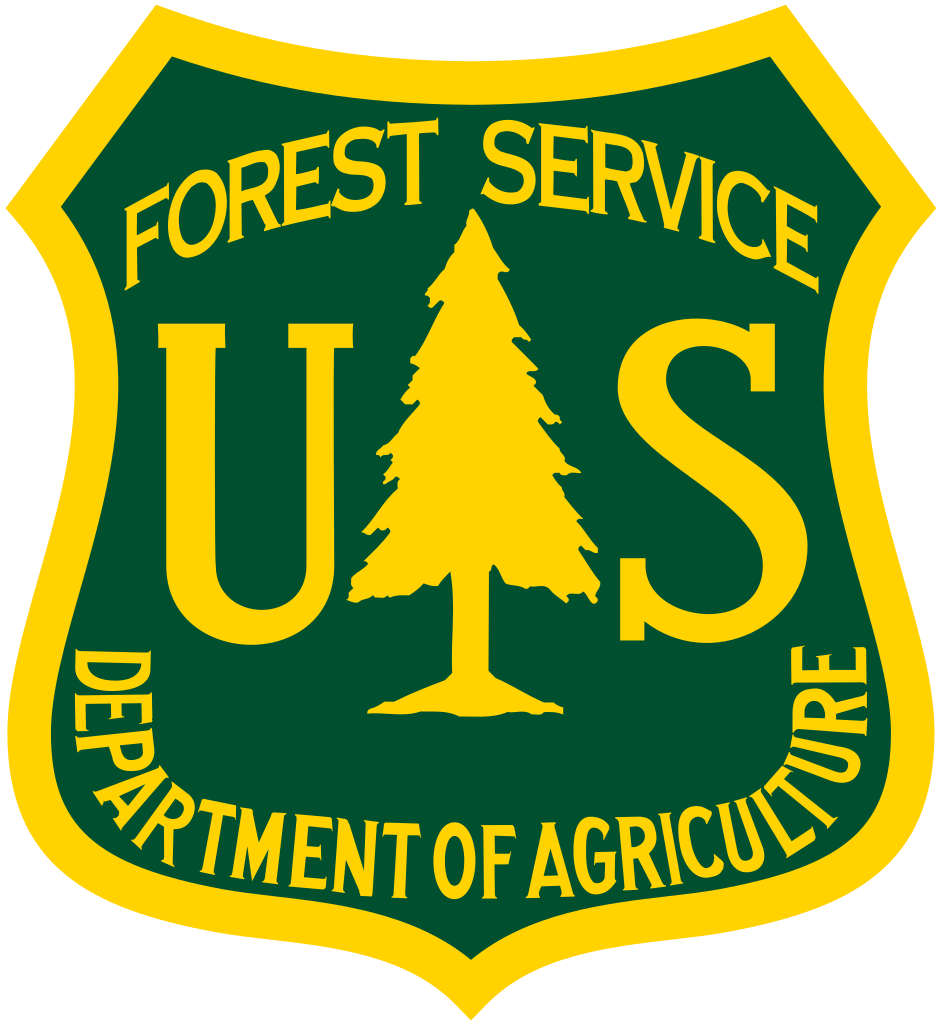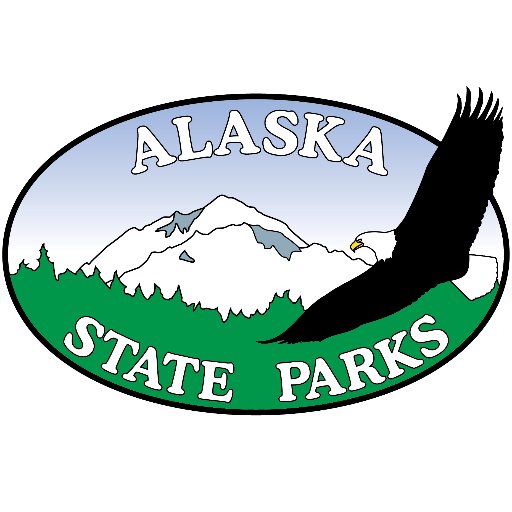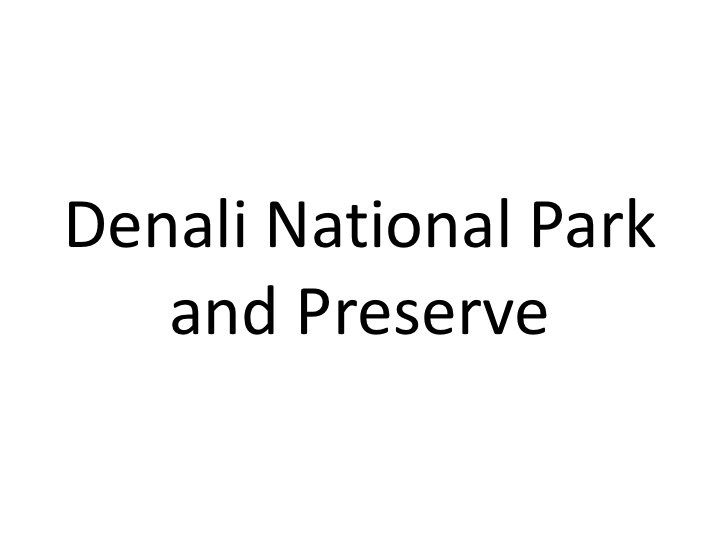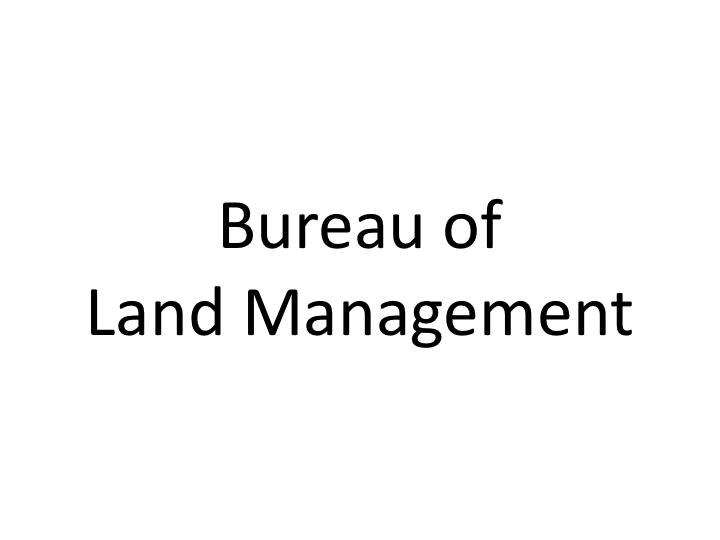AGC Courses
Your Choice for AMGA-Certified Instructors
Are you an advanced rider who wants to improve your safety in the mountains? These courses are designed for you. We offer low-ratio courses taught by AMGA-certified Ski Guides. That means you will learn modern techniques from a highly trained instructor who has years of experience. All while climbing and riding slopes.
Our courses cover the full range. To shift from the resort to the backcountry, take our Intro to Backcountry Skiing course. For those with some backcountry experience, and feel ready for more avalanche education, take the combined Rec 1 + Rescue course. After practicing the Rec 1 skills for a year or more, take part II of your avalanche education: the Rec 2. When those skills get rusty, join us for a Rec 2 Refresher.
Why Choose AGC?
Certified instructors. Joe and Nick are AMGA Ski Guide certified and American Avalanche Association Pro 2 certified.
Small group size. Five students per instructor max.
Our public courses are for advanced riders. For group compatibility, maximum learning and safety, you must be able to ride black diamond runs at the resort while in control and without falling.
We ride up to 2,000 vertical feet a day.
Our courses are field-based for hands-on experience. No Zoom!
AGC is an American Avalanche Association recognized Course Provider.
Winter 2025/26 Courses
Rescue: $200
Dec 28, 2025
Rec 1 and Rescue: $700
Dec 4-7, 2025
Dec 11-14, 2025
Dec 18-21, 2025
Rec 2: $550
Jan 17-19, 2026
Rec 2 Refresher: $350
Jan 10-11, 2026
Crevasse Rescue Course: $400
Jan 3-4, 2026
To Book
Booking opens at 8pm Alaska time on October 1.
Contact us with any questions.
Important Links
A Note to Splitboarders
At AGC we respect snowboarders and believe they are great tools for the backcountry. It is important to keep in mind that splitboarding is more difficult than skiing in the backcountry, while both skinning on the ascent, and on the descent in rolling terrain. By joining an AGC course you acknowledge the extra difficulty with splitboarding. Your mode of travel is one consideration when choosing terrain and a route for the day.
Are you Rec or Pro?
If you're wondering, you’re rec. Recreational courses are for those who want to ski and ride in avalanche terrain. Professional courses are for operations: ski patrol, avalanche forecasters, and ski guides. Professional courses have more documentation and less skiing. Read more about the Rec-Pro tracks on the American Avalanche Association education page.
Is AGC an AIARE Provider?
No. While some AGC instructors have AIARE training, AGC instructors know they can do their best job using their own curriculum, built from ground up, and tailored to the unique conditions in Alaska. Additionally, AGC follows the standards for US avalanche educators, including AIARE, which are set by the American Avalanche Association. AGC is a recognized American Avalanche Association Course Provider.
AGC Curriculum
Our curriculum is built by skiers for skiers. It is designed for avoiding avalanches while recreating in avalanche terrain. Using the American Avalanche Association guidelines as a foundation, we built our curriculum using experience from 50+ years of instructing, guiding and recreating in avalanche terrain. Our curriculum is dynamic, with continual updates from research, changes in avalanche education and our knowledge from the field. Every point in our curriculum has been argued over by the instructors, for years, giving us an intimate understanding of everything we teach.
Perhaps the greatest influence on our curriculum is from Canada. They have a huge knowledge base from the massive heli ski operations like Canadian Mountain Holidays, and millions of dollars of federal funding for avalanche research after the 2003 accident at Rogers Pass that killed seven teenagers. The Canadians are masters at moving hundreds of thousands of skiers per year through avalanche terrain with few accidents. This knowledge is reflected in the Canadian avalanche curriculum. We select pieces from that curriculum such as the Avalanche Terrain Exposure Scale, the Avaluator Trip Planner and the Terrain Mindset.
Snow Science
At Alaska Guide Collective we focus on the necessary information to make sense of our environment so we can make good avalanche decisions. This includes taking a big picture view of red flags. We also look at the small, crystals scale, to see the layers and how they form. We test these layers in quick pit tests. Some people call this snow science. We call it observing the snow below our feet. We leave the snow science up to the snow scientists. From those snow scientists we follow the current research—such as from The Avalanche Review and Proceedings of the International Snow Science Workshop—to use in our courses and guiding.
Another way we incorporate science into our avalanche courses is by using scientific thinking to make better decisions. For example, while trip planning we read observations and the avalanche forecast to make a hypothesis about conditions. Once in the field we test that hypothesis with hands-on observations of red flags and snowpack tests. Another example is we will make a hypothesis about the stability of the snow under our feet and then test that hypothesis with an extended column test. We seek new information that invalidates our desire to ski in potentially dangerous avalanche terrain. A final way we apply scientific thinking in avalanche terrain is by remembering we do not know exactly what’s going on inside the snowpack. We strive to get close to the snowpack truth, but uncertainty is inherent with snow and avalanches. We acknowledge we are uncertain and we use margins for safety to account for that uncertainty.
“The course was like pouring gasoline on a bon-fire of stoke!”
“Alaska Guide Collective, the perfect trifecta! Why go anywhere else?”
“Looking forward to the Rec 2 Course! The experience, knowledge and friendliness of the instructors is unparalleled.”
“It’s really good to ski with people who’ve taken an avi course—this one is excellent—everyone should take it. ”
“AGC teaching avalanche awareness through experience. ”
“Instructors were awesome—good balance of fun, serious, easy to understand, easy to approach with questions, totally knowledgeable. ”
“You are a positive and supportive group. ”
“Alaska Guide Collective demystified snow safety techniques for me as a backcountry skier. ”
“Learn from the best, most humble group in the state!”
“I froze my toes off but I feel I skied away with the tools to make better decisions in the backcountry.”






